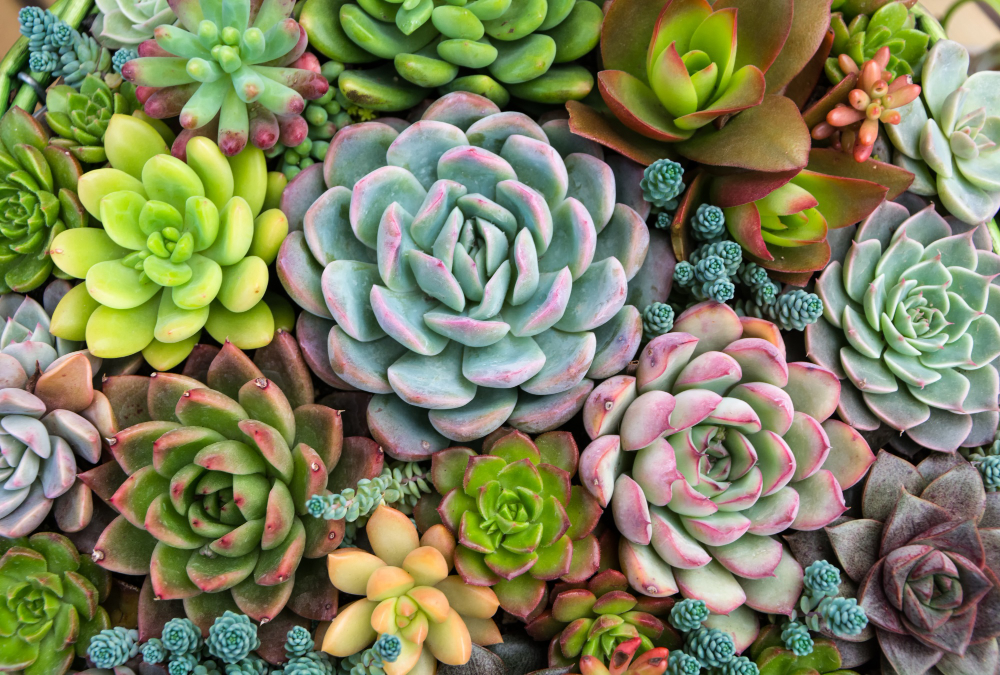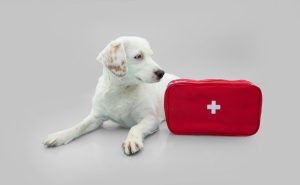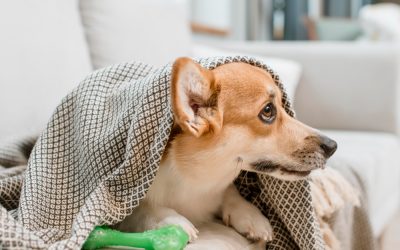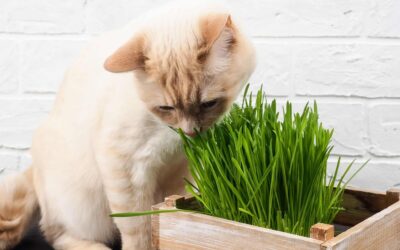Are Succulents Toxic to Cats and Dogs?

Updated October 3, 2025
Succulents have become incredibly popular houseplants, and it’s easy to see why. Pet owners love their low-maintenance nature, unique shapes, and ability to thrive in various conditions. However, those with furry companions need to consider whether these trendy plants pose any risks to their pets.
The answer isn’t straightforward, as some succulents are entirely safe for cats and dogs, while others can be mildly toxic or even dangerous. This guide explores which succulents pet owners can safely keep around their animals and which ones require extra caution.
Safe Succulents for Pet Owners
Echeveria
These rosette-shaped beauties are completely non-toxic to both cats and dogs. Pet owners can display them freely without worrying about curious pets taking a nibble.
Haworthia
Often called “zebra plants” due to their distinctive white stripes, haworthias are another pet-safe option that adds visual interest to any space.
Burro’s Tail (Sedum morganianum)
Despite some online confusion, Burro’s Tail is generally considered safe for cats. The trailing succulent might cause mild stomach upset if consumed in large quantities, but it’s not toxic.
Most Sedum Varieties
The majority of sedum species, including the popular “jelly beans” (Sedum rubrotinctum), are non-toxic to pets. However, experts always recommend monitoring pets if they’ve eaten any plant material.
Succulents to Avoid Around Pets
Jade Plants (Crassula Ovata)
These classic succulents contain compounds that can cause vomiting, depression, and lack of coordination in both cats and dogs. While rarely fatal, jade plants can cause pets considerable discomfort.
Aloe Vera
Though beneficial for humans, aloe contains saponins that are toxic to pets. Ingestion can cause vomiting, diarrhea, and changes in urine color.
Kalanchoe
All varieties of Kalanchoe contain cardiac glycosides, which can affect heart rhythm and cause severe symptoms, including vomiting, diarrhea, and abnormal heart rate.
String of Pearls (Senecio rowleyanus)
This trailing succulent contains compounds that can cause drooling, vomiting, and diarrhea in pets.
What to Do if a Pet Eats a Succulent
If someone suspects their cat or dog has ingested a potentially toxic succulent, here’s what they should do:
- Assess the Situation: Identify the plant the pet consumed and estimate the amount eaten. Taking photos of the plant can be helpful when consulting with a veterinarian.
- Contact a Veterinarian: Call your vet or the ASPCA Animal Poison Control Center at (888) 426-4435 immediately. They can advise whether the plant is dangerous and what steps to take.
- Monitor the Pet: Watch for symptoms like vomiting, diarrhea, excessive drooling, difficulty breathing, or changes in behavior. According to veterinary experts, even mild symptoms warrant professional attention as treatment timing is crucial for recovery.
- Avoid Inducing Vomiting: Unless specifically instructed by a veterinary professional, pet owners should refrain from making their animal vomit. Some substances can cause more damage when coming back up.
Creating a Pet-Safe Succulent Garden
Pet owners don’t have to give up their love of succulents just because they have animals. Here are strategies for enjoying both:
- Choose Pet-Safe Varieties: Stick to echeveria, haworthia, and most sedum varieties when selecting succulents for pet-accessible areas.
- Use Strategic Placement: Place potentially problematic succulents in areas pets can’t reach – high shelves, hanging planters, or rooms that are off-limits to furry friends.
- Create Dedicated Plant Spaces: Consider setting up a plant room or using plant stands that keep succulents elevated and out of reach.
- Provide Pet-Safe Alternatives: If pets enjoy nibbling plants, offer cat grass or other pet-safe alternatives to satisfy their urges.
Understanding Pet Plant-Eating Habits
Cats and dogs eat plants for various reasons – curiosity, boredom, nutritional needs, or simply because they enjoy the texture. Understanding why a pet is drawn to plants can help address the behavior:
- Boredom Relief: Ensure pets have adequate mental stimulation through toys, puzzles, and interaction.
- Nutritional Needs: Some pets eat plants to supplement their diet. Consult a veterinarian about whether the pet’s nutritional needs are being met.
- Natural Instincts: Many animals naturally graze on vegetation. Providing appropriate alternatives can redirect this behavior.
Emergency Preparedness for Pet Parents
As responsible pet owners, people should always be prepared for plant-related emergencies:
Keep Important Numbers Handy
Save your veterinarian’s contact information and the ASPCA Animal Poison Control Center hotline (888) 426-4435 in your phone. Additionally, many pet insurance companies, like Odie, offer access to 24/7 televet chat through their platforms.
Know Your Plants
Maintain a list of all plants in the home, including their scientific names and common names. This information proves invaluable in emergencies.
Have a First-Aid Kit Ready
Keep a basic pet first-aid kit accessible, including items like gauze, a thermometer, and saline solution for eye irrigation.
Prevention and Treatment Guidelines
Emergency Response Steps
If a pet ingests a potentially toxic succulent, remove any remaining plant material from their mouth if it can be done safely. VCA Animal Hospitals recommends immediate veterinary attention, as early treatment significantly improves outcomes.
Veterinary Treatment Options
Treatments vary depending on the type of plant and the amount consumed. Common treatments may include activated charcoal to prevent absorption, IV fluids for hydration, anti-nausea medications, and supportive care to manage symptoms.
Prevention Strategies
The most effective approach is prevention through the selection and placement of plants. Choose verified pet-safe varieties and keep questionable plants completely out of reach, as even “mildly toxic” plants can cause serious issues in small pets or those with underlying health conditions.
The Bottom Line on Succulents and Pet Safety
While many succulents are safe for pets, pet owners should not assume that all varieties are harmless. Research each plant before bringing it home, and when in doubt, opt for pet-safe alternatives or place any questionable plants out of reach.
Even “safe” plants can cause mild digestive upset if consumed in large quantities. The key is creating an environment where both plants and pets can thrive safely together.
By staying informed about plant toxicity and taking appropriate precautions, pet owners can continue enjoying their succulent collections while keeping their beloved animals safe and healthy.




